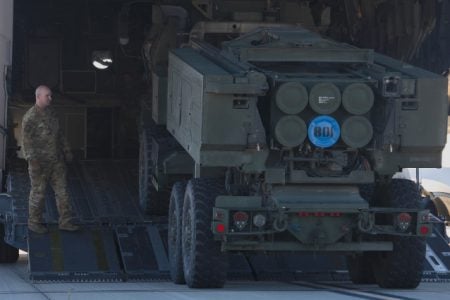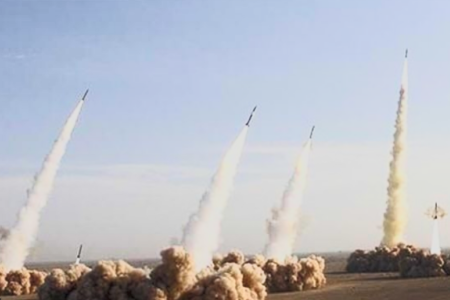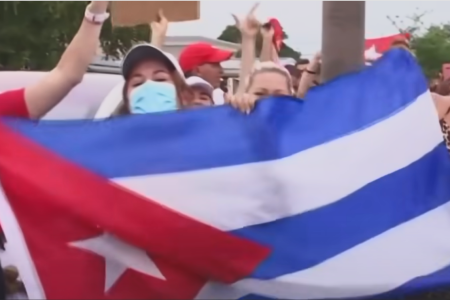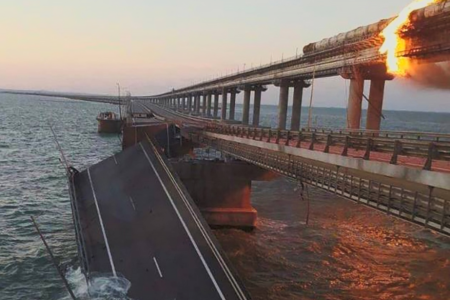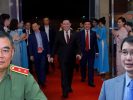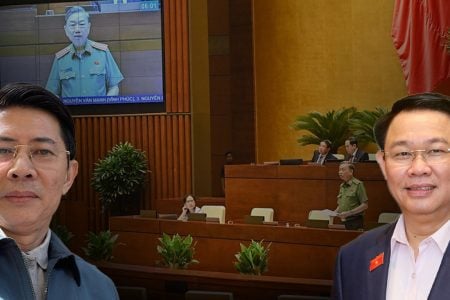10 ASEAN members and 5 countries have signed a large-scale free trade agreement promising to accelerate the economy after the Covid-19 pandemic.
The Regional Comprehensive Economic Partnership (RCEP) was signed online after 8 years of negotiation.
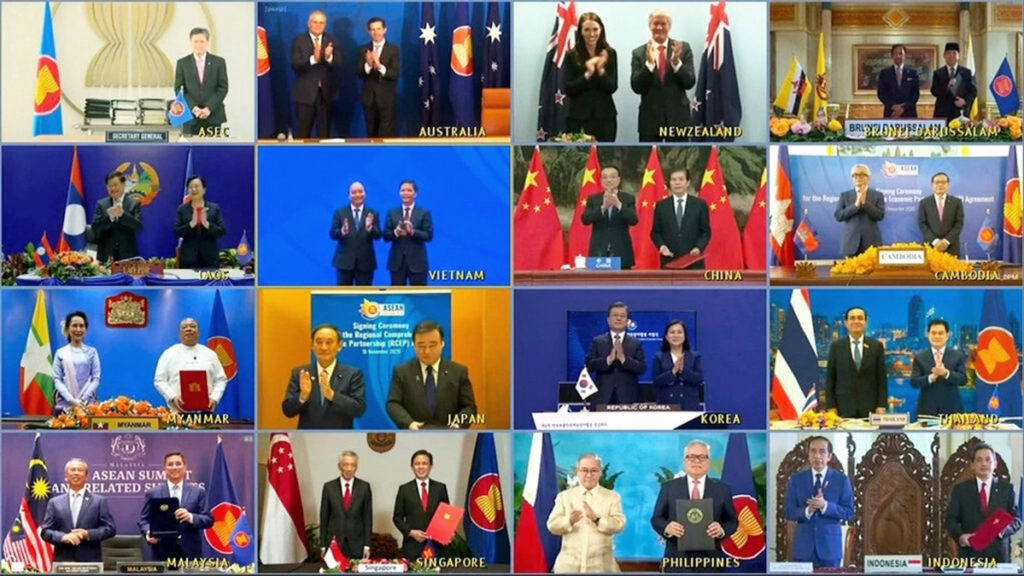
RCEP is comprised of ten members of the Association of Southeast Asian Nations (ASEAN), along with China, Japan, South Korea, Australia and New Zealand.
“I believe the agreement will soon be ratified and put into effect by countries, contributing to economic recovery after the pandemic and contributing to the development of member countries in the coming time,” Vietnamese Prime Minister Nguyen Xuan Phuc said.
Members make up nearly a third of the world’s population and make up 29% of global GDP.
The new free trade zone will be larger than the US-Mexico-Canada Agreement and the European Union.
India also entered into negotiations, but withdrew last year, out of fear that lower tariffs could hurt domestic producers.
The main reason India decided not to join the RCEP was fears that a large influx of cheap Chinese imports could further harm India’s domestic industries.
India’s trade deficit with China amounts to about $50 billion in fiscal 2019.
On the other hand, China is said to be trying to expand its influence by leading the creation of a multilateral trade framework amid growing rift with the US.
The Chinese government said its trade with ASEAN countries from January to October increased 5.1% year-on-year to $540 billion, making ASEAN the largest trading partner of Beijing.
This agreement is seen as an attempt to expand Chinese influence in the region.
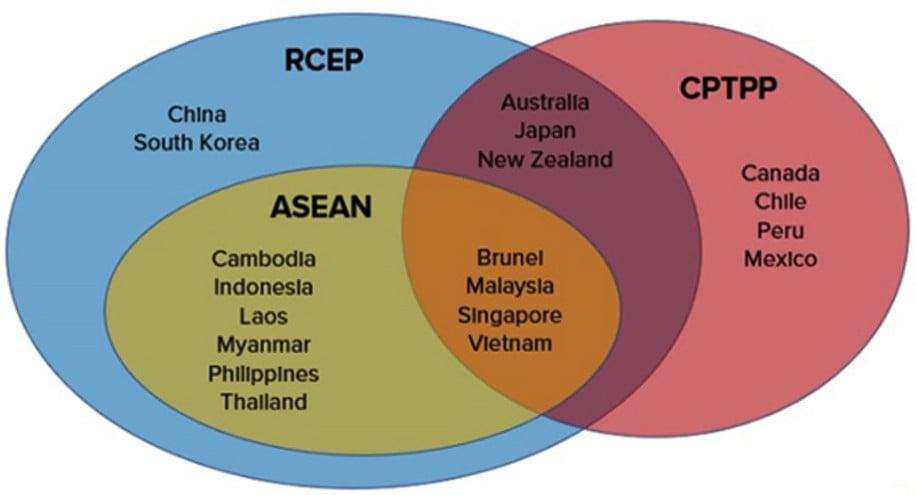
“In the current global context, the fact that the RCEP was signed after eight years of negotiations brings a ray of light and hope among the clouds,” said Chinese Premier Li Keqiang.
In the long run, Li describes the agreement as “a victory of multilateralism and free trade.”
In his analysis of the Global Times, Professor Chengdu Hanping, of Nanjing University, asked. “The US will most likely use every means, including confrontation, hostility and smear campaigns, to interfere in the operations of RCEP.”
RCEP is expected to eliminate a series of import duties within 20 years.
The Agreement also includes provisions on intellectual property, telecommunications, financial services, e-commerce and professional services.
But maybe the new “rules of origin” – the official rules that define the product’s traceability – will have the biggest impact.
Many member states already have free trade agreements (FTAs) with each other, but there are still limitations.
“Existing FTAs can be very complex to use compared to the RCEP,” said Deborah Elms from the Asian Trade Center.
Businesses with global supply chains may face tariffs even in an FTA because their products contain ingredients manufactured elsewhere.
For example, a product made in Indonesia that contains Australian components may face tariffs elsewhere in the ASEAN free trade area.
According to RCEP, components from any member country will be treated equally, which could give companies in RCEP countries an incentive to find suppliers in their commercial sector in this block.
Although the RCEP is an ASEAN initiative, the agreement is seen by many as an alternative to the China-backed Trans-Pacific Partnership (TPP) Agreement.
TPP does not have China participating but includes many Asian countries. Twelve member states signed TPP in 2016 before US President Donald Trump withdrew the US in 2017.
The remaining members continue to form the Comprehensive and Progressive Agreement for Trans-Pacific Partnership (CPTPP) with 11 members.

Although it includes fewer member countries, the CPTPP cuts tariffs more and includes labor and environment provisions than the RCEP does.
The RCEP brings together countries that often have faulty diplomatic relations – especially China and Japan.
Both Australia and China signed the agreement, despite reports that China may boycott some Australian imports because of political differences.
International trade is much lower on the agenda of this year’s US election and President-elect Joe Biden has said relatively little about whether his trade policy will change significantly or whether he will review whether to join TPP or not.
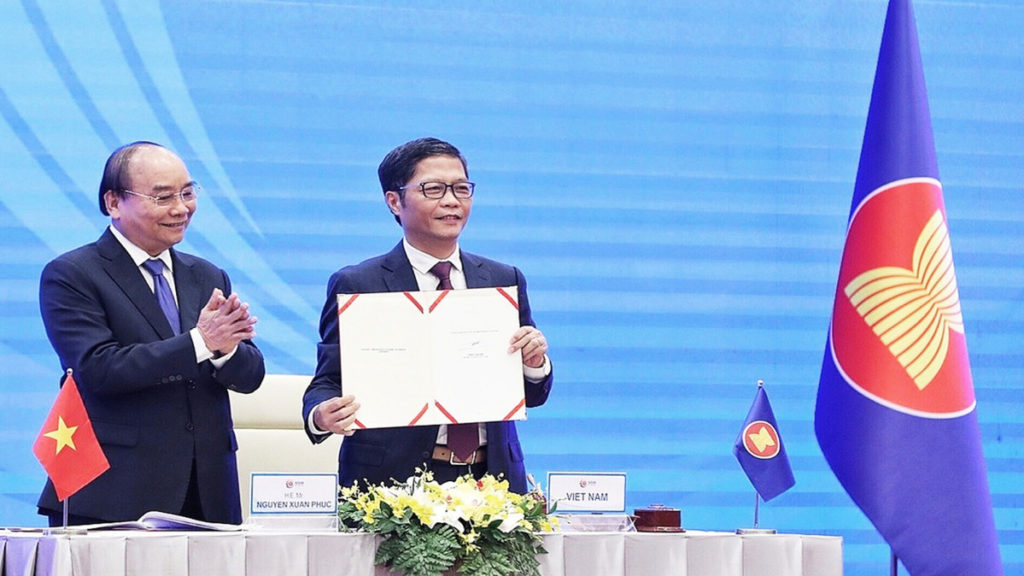
Who is the biggest beneficiary of the RCEP? That is an important question and also the title of the article by Dr. Nguyen Ngoc Chu posted on his personal Facebook, with the content as follows:
“Many people are in a hurry because the market of 2.2 billion people with a GDP of about $26.2 trillion will open a” new horizon.” Some people even hastily judged that this is “the biggest trade agreement in the world” or “largest free trade area in the world!”
The world’s largest free trade region is not merely defined by two standards, population and total GDP. Dominant quality of the new market is dominant. Open a market, the most important thing is who goes to the market and what it sells.
Why did India leave RCEPT?
On November 4, 2019, at the ASEAN-India Summit and the RCEP Summit held in Bangkok, Indian Prime Minister Narendra Modi officially announced that India would withdraw from the RCEP.
The cause is not just one. But the main reason is China. It is not that China is encroaching on the Indian border. It is that India will become the prey of the Chinese market.
This is because when joining RCEP, Chinese goods will flood the Indian market and Indian goods cannot penetrate the Chinese market. India is not a high-tech country like Japan that allows China to open up its desire to steal, copy and copy counterfeit goods – at least for the first time, then abandon and close high-tech goods localized. Japan is aware of that. But Japan will have new technology that China may be tempted to keep opening the door to. But India is not.
Also, on the surface, the free trade treaty is adhered to, but inside China will find ways to get in the way. And it will be very difficult for Indian goods to penetrate the Chinese market.
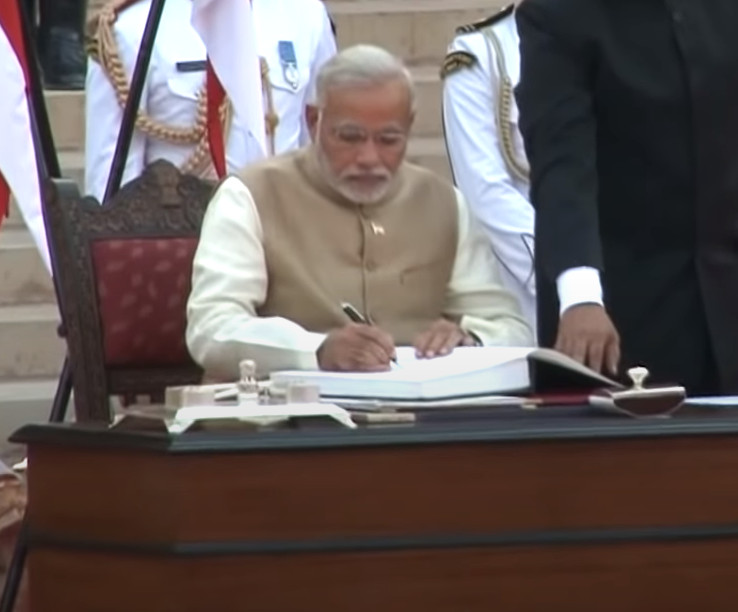
Free trade is about selling your goods to other countries. Now that our goods cannot reach people’s markets, but their goods are flooding our market, what do we do to join the free market? That is the number 1 reason for India to withdraw from the RCEP.
A large country with a population of 1 billion 380 million people, is about to overtake China, but India is afraid of being swallowed by China, small countries like Vietnam are under the same threat.
Someone will protect, that it cannot happen. Because the Agreement is fair for all parties to sign. So forget the arguments of the strong, forget the U-shaped line.
EVFTA is better for Vietnam than RCEP.
Near the ink, it is black, near the light is radiant. His father’s proverb teaches us too correctly in international chess participation.
Without the RCEP, Vietnam was also “suppressed” by China. The trade deficit from China next year is larger than last year with frightening levels. In 2019, the trade deficit from China increased by 40.1% compared to 2018 and reached $33.8 billion. The figure is not included cross-border smuggled trade. Not to mention Chinese products labeled with Vietnamese products in the Vietnamese market, as well as exporting to the US and other countries. If calculated enough, the figure will not be less than $50 billion. With the advent of RCEP, it is no wonder that the Vietnamese market has been taken over by China.
Do not compare Vietnam with Japan and Korea. From that conclusion that Japan and Korea saw the benefits of RCEP should have joined.
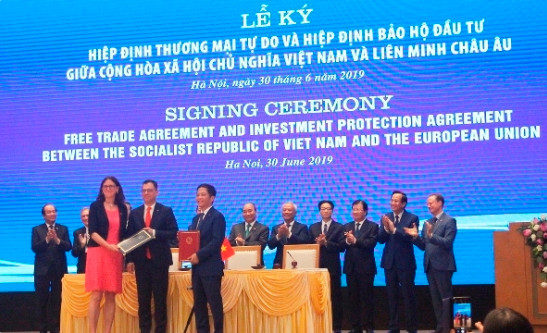
As mentioned in the Indian section above, Japan and South Korea have cutting-edge technology to counter China – forcing China to accept a market share. Vietnam does not have the status of Japan and Korea.
Vietnam must focus on the European market. EVFTA is very important and very beneficial for Vietnam. Vietnam’s export capacity is limited. Instead of spreading, they must focus on the main market. With EVFTA Vietnam learns technology and meets European standards. Vietnam steps up to a new level. Near the lights, it was dawn.
The market of 2 billion 200 million people, although very large, is not for Vietnam. The following parable may partly explain why.
The tiger lures cheetahs, foxes, cats – each brings a piece of prey to share. The cat thought of the tiger’s large flesh and brought its prey. But the cat did not know that the tiger chased everything to get all the prey.
The Indian Bengal Tiger but also has to flee from the RCEP, please do not be too optimistic. EVFTA’s 500 million people market is a reality, Dr. Nguyen Ngoc Chu stated his point of view.
Thoibao.de (Translated)




